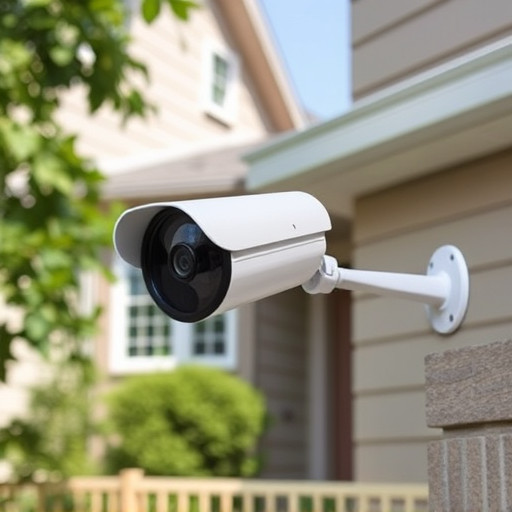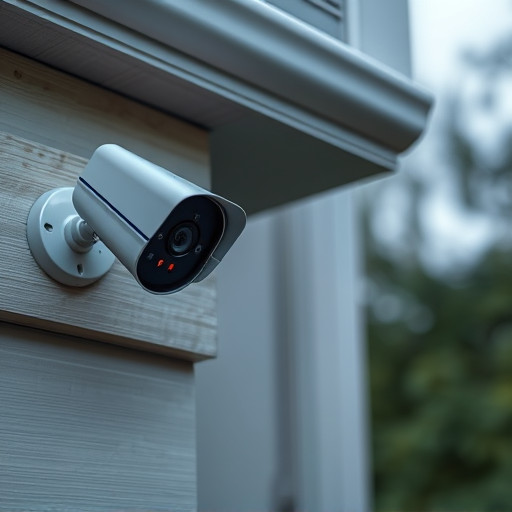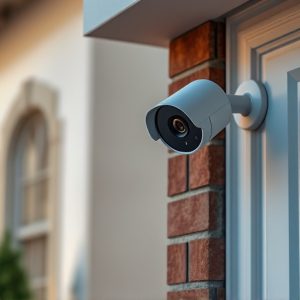Access Control Systems (ACS) bolster Home Security by securing entry points using advanced tech like biometric scanners, keycard readers, and mobile apps. These systems empower homeowners with customization options for access privileges and times, enhancing peace of mind. In the digital era, ACS incorporate biometric tech (fingerprint, facial recognition), smart cards, and RFID/NFC key fobs for robust security infrastructure. Effective implementation involves identifying entry points, selecting appropriate hardware, integrating surveillance systems, considering biometric identification, and regular updates for optimal Home Security.
“Enhance your home’s security with access control systems, a sophisticated solution for managing entry points. This comprehensive guide explores how these systems fortify your sanctuary, focusing on entry points often overlooked. We delve into the inner workings of access control technology, its role in boosting home security, and the various types available. From biometric scanners to keyless entries, discover innovative ways to safeguard your space. Learn about designing tailored access control systems and benefit from implementation tips for a secure, modern home.”
- Understanding Access Control Systems: A Comprehensive Overview
- The Role of Entry Points in Home Security
- Types of Access Control Technologies for Enhanced Security
- Designing an Effective Access Control System for Your Home
- Benefits and Implementation Tips for Managing Entry Points
Understanding Access Control Systems: A Comprehensive Overview

Access control systems (ACS) are a critical component of home security, enabling homeowners and property managers to monitor and manage who enters their premises. These systems go beyond basic locks and keys by employing technology to track and regulate access at various entry points. ACS can include biometric scanners, such as fingerprint or facial recognition readers, which provide a high level of security by verifying identities before granting entry.
In addition to biometric authentication, modern access control systems often incorporate keycard readers, fob access, and mobile app-based solutions. Homeowners can program these systems to allow specific individuals access at designated times, ensuring that only authorized personnel can enter the property. This level of customization and control is invaluable for maintaining home security and peace of mind.
The Role of Entry Points in Home Security

In any home security strategy, entry points play a pivotal role as they are the potential weak spots that intruders look to exploit. Doors and windows are the primary access points into a house, making them critical areas for safeguarding. Effective home security relies on robust mechanisms to control and monitor these entry points, ensuring that only authorized individuals can gain access.
A well-designed access control system integrates with these entry points, offering solutions like secure locking mechanisms, surveillance cameras, and intelligent doorbells. By implementing such measures, homeowners can enhance their safety by deterring potential intruders and providing quick alerts in case of any unauthorized attempts. This proactive approach to home security is essential in today’s world where ensuring the safety of family and belongings is of utmost priority.
Types of Access Control Technologies for Enhanced Security

In today’s digital era, access control systems have evolved significantly to meet the demands of enhanced home security. Biometric technology stands out as a game-changer in this domain, offering unique and secure entry solutions. Fingerprint, facial recognition, and iris scanning are some popular biometric options that provide an additional layer of protection by verifying an individual’s identity at entry points. This ensures that only authorized individuals can gain access to your home, enhancing privacy and safety.
Additionally, smart cards and key fobs have become standard in many access control technologies. These devices use radio-frequency identification (RFID) or near-field communication (NFC) to transmit secure data, granting entry when the card or fob is presented at a reader. This method allows for flexible access permissions, making it easy to manage who can enter your property, be it family members, guests, or service providers. Combining these advanced technologies with traditional locks and key systems creates robust security infrastructure for any home.
Designing an Effective Access Control System for Your Home

Designing an effective access control system for your home is a crucial step in enhancing its security. Start by identifying all entry points, from main doors to windows and garage openings. Assess each area’s potential risks and vulnerabilities, considering factors like easy accessibility, visibility, and existing security measures. Based on this analysis, choose the right combination of hardware and software solutions.
Implement smart locks for enhanced control, allowing you to grant or revoke access remotely. Integrate a surveillance system with motion sensors and cameras to monitor activity, deterring potential intruders. Consider biometric identification like fingerprint or facial recognition technology for added security. Regularly update firmware and change default passwords to prevent unauthorized access. By integrating these measures, your home becomes fortified, providing peace of mind and significantly improving home security.
Benefits and Implementation Tips for Managing Entry Points

Access control systems play a pivotal role in enhancing home security by managing entry points, ensuring that only authorized individuals gain access to your property. One of the primary benefits is the prevention of unauthorized entry, thereby deterring potential intruders and providing peace of mind. These systems offer robust solutions through features like keycard readers, biometric scanners, and secure coding, allowing for precise control over who enters your home.
Implementing effective entry point management requires strategic planning. Firstly, identify all potential access points, including main doors, garage entrances, and windows. Then, select suitable access control mechanisms for each area based on security needs. Regularly review and update these systems to keep up with evolving security threats. Additionally, ensure compatibility with existing home automation systems for a seamless and secure smart home experience, further bolstering your home’s defenses.
Access control systems play a pivotal role in enhancing home security by managing entry points effectively. By understanding the various technologies available, designing a tailored system, and implementing best practices, homeowners can significantly improve their safety and peace of mind. Integrating these systems into your home’s security strategy is a proactive step towards safeguarding your space and loved ones, ensuring a more secure and efficient environment in today’s digital era.
